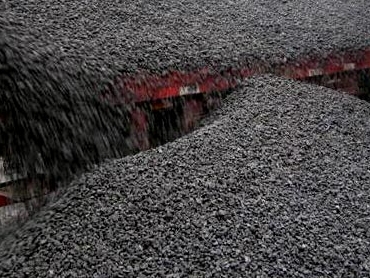
Calcined petcoke and met coke are two widely used carbon-based materials in various industrial applications. Both are derived from the refining process of petroleum, but they differ in their composition, properties, and uses. In this article, we will delve into the differences between calcined petcoke and met coke and explore their respective advantages and disadvantages.
Calcined petcoke, also known as petroleum coke, is produced by heating green coke to remove volatile matter and moisture content. This process, known as calcination, increases the carbon content and imparts high thermal stability to the material. Calcined petcoke is primarily used as a source of carbon in the production of anodes for the aluminum industry, steelmaking, and other carbon-intensive processes. Its high carbon content (typically over 98%) and low impurity levels make it an ideal raw material for these applications.
Met coke, or metallurgical coke, is a carbon material derived from the destructive distillation of coal. It is primarily used as a fuel and reducing agent in the production of pig iron in blast furnaces. Met coke has a high carbon content (typically 88-92%) and low volatile matter, making it an efficient fuel source for high-temperature processes.

In conclusion, calcined petcoke and met coke are both valuable carbon materials with distinct advantages and disadvantages. Calcined petcoke is an ideal raw material for anode production and other carbon-intensive processes due to its high carbon content and low impurities. Met coke, on the other hand, is an efficient fuel source and reducing agent for iron and steel production. However, both materials have environmental concerns and are subject to price volatility. As industries continue to seek more sustainable and environmentally friendly alternatives, the demand for these materials may shift in the future.

Write a Message